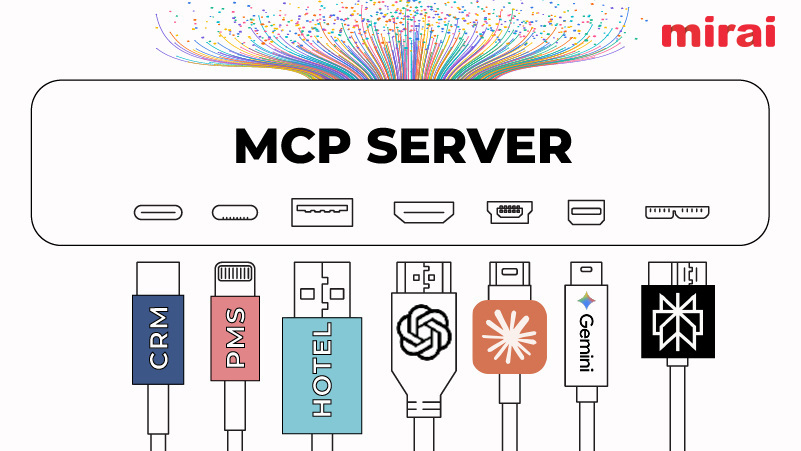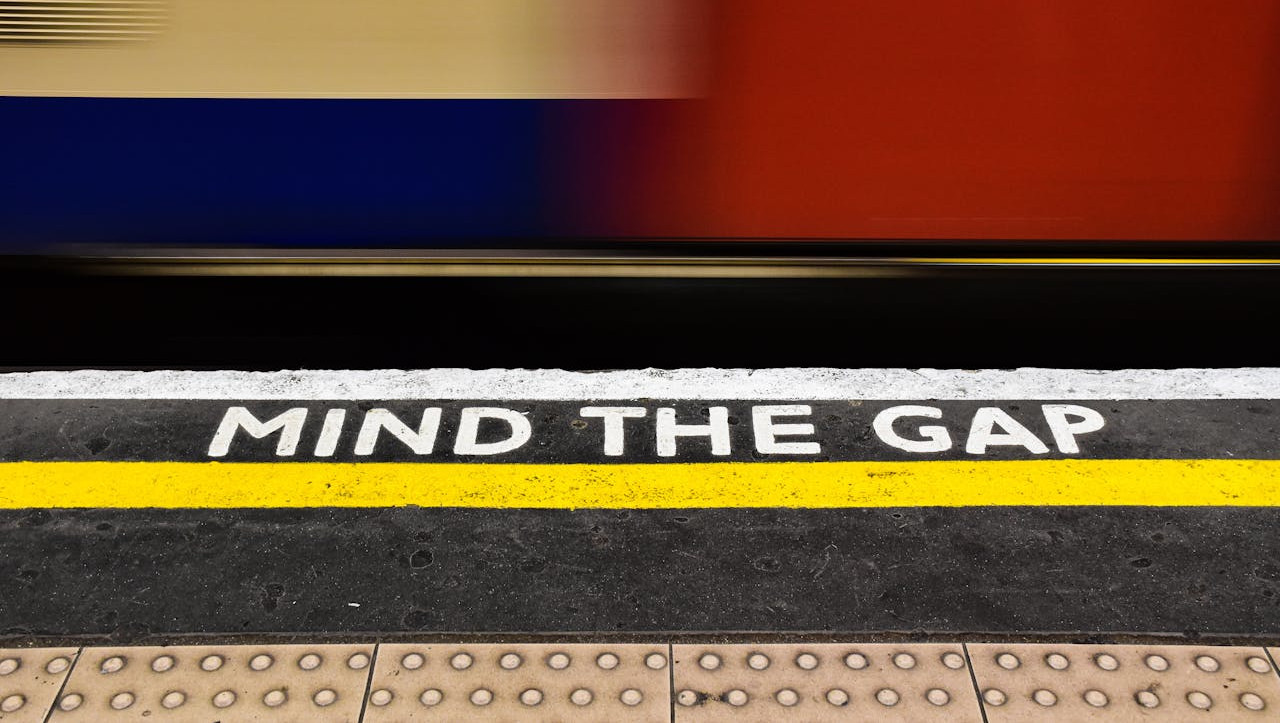
Since the onset of the pandemic, more than 75 percent of consumers have changed their buying habits.
NB: This is an article from McKinsey & Co.
In a historic shift in brand loyalty, 39 percent have either changed brands or retailers, and 79 percent of those intend to continue exploring their options in the next normal.1 Shoppers are increasingly voting with their wallets based on a new set of concerns, according to our consumer research conducted throughout the pandemic. In addition to value and convenience, purpose now drives their decisions. And, unlike pre-pandemic days, consumers across all income groups are willing to trade down to get what they want.
Subscribe to our weekly newsletter and stay up to date
Loyalty programs are an often overlooked area for performance improvement that can help offset the ongoing willingness among consumers to try new brands and retailers. Our research has found that top-performing loyalty programs can boost revenue from customers who redeem points by 15 to 25 percent annually, by increasing either their purchase frequency or basket size or both.
However, we have observed that around two-thirds of established loyalty programs fail to deliver value, with many actually eroding value. Yet enlarging loyalty-program participation can be a critical key to increasing company-wide sales, while creating the data foundation for other valuable initiatives such as data-driven marketing, and also improving the customer experience. Getting more out of a loyalty program, or indeed turning one around, doesn’t have to involve a complete redesign however.
Eight drivers of loyalty-program value
Understanding the following eight levers that significantly impact the performance of loyalty programs—regardless of geography, industry, or customer segment—can enable companies to extract the most from their investments in relationship and membership programs.
1. Take advantage of redemption elasticity
Many companies fear that offering incentives to redeem loyalty points “devalues” their program currencies. But lowering the price of redemptions can create a significant sales boost, incrementally spiking revenue by activating previously dormant customer loyalty without any negative long-term impact.
In addition, companies that promote deeply earn deeper engagement among a special few brand-loyal customers over time. Often executives will overestimate the negative impact of deep cuts on top- and bottom-line performance, but what may be lost in a single transaction can be more than made up for in repeat visits and greater frequency among those cherishing the original “memorable redemption” (and among consumers in their influence group).
Exhibit 1 illustrates the effect of a small reduction in redemption points on demand for an airline company’s round-trip flights. The response was –2 for promotional prices, compared with full-price elasticity ranging from –0.2 to –0.5.
2. Measure ‘breakage’ by high-value segments
All loyalty programs have members who don’t redeem points or don’t even know they exist, and as a result, their points eventually expire. This “breakage” reduces a program’s balance-sheet liability in most cases, which sounds positive for program economics. But that’s not the complete story. Reasons for breakage can include issues with redeeming points, members forgetting they’re enrolled in a program, unappealing or less relevant rewards, and unachievable or expensive reward thresholds. Whatever the cause, however, breakage represents lost business opportunities, because inactive customers are at its root.
The best loyalty programs achieve their full value potential by reinvigorating members to participate in them, not by depending on breakage to make their economics look successful. The secret is to measure breakage by customer segment to ensure that the programs aren’t alienating any particular group and that high-value segments aren’t breaking too badly.
In parallel, leading companies also do the following:





